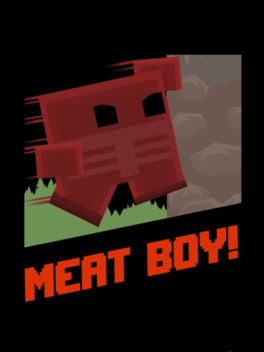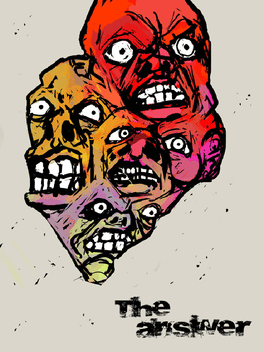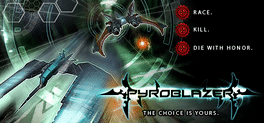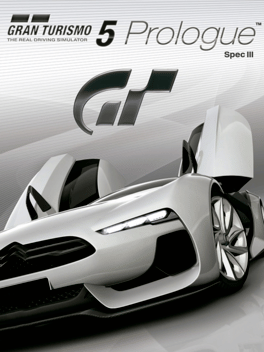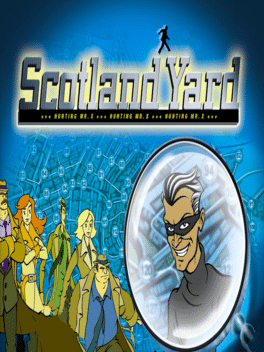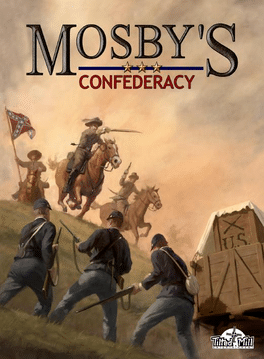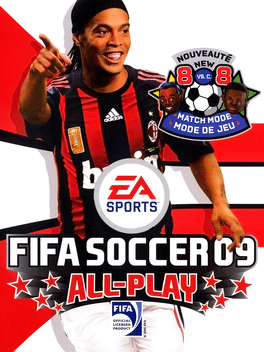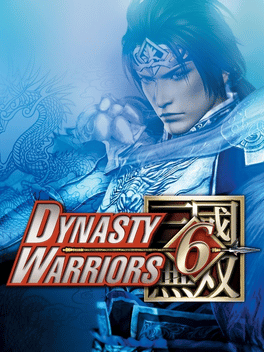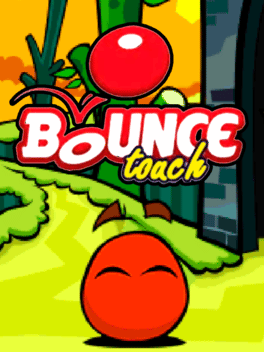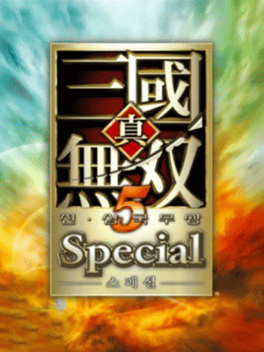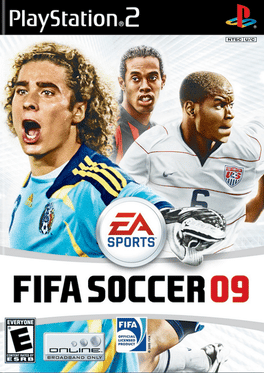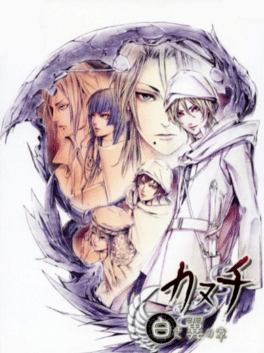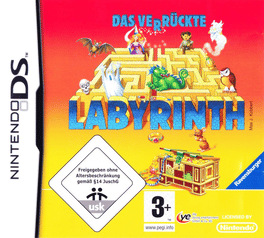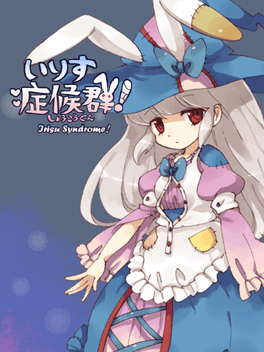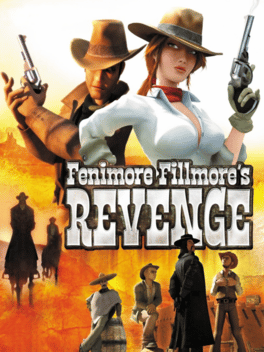New Games - Page 9918
-
Meat Boy
2008
Meat Boy
2008
star 6.8Meat Boy is a platform game made in flash, being the precursor of the Super Meat Boy franchise. The game relies on very precise platforming, and it is known for being very challenging. -
The Answer
2008
-
Pyroblazer
2008
Pyroblazer
2008
star 5Pyroblazer is a futuristic combat racing game. Set amidst the awe-inspiring locations of New Apeiron, players get the opportunity to race through a multitude of environments using a wide selection of anti-gravity craft known as Blazers. In their quest for glory, players can blast their way through the scorched valleys of Gnosis, the deserted cities of Haedra or the densely populated Underdome of Evelads. As the players fight their way through the championship, improved Blazers with better speed, handling and superior firepower become available. Players also have the ability to pick up weapon and ammo upgrades during the race, further enhancing their ability to land the killer blow. -
The Heist
2008
The Heist
2008
The Heist is a free racing game. You're a professional getaway driver who does freelance work for the mob, bank robbers, and anyone else looking to pull off a quick job. Don't think too much about the morals, ethics, or legalities of this kind of work. All that matters is that if you pull it off you'll get paid in fat stacks of cash. Cash you can use to upgrade your engine, your wheels, your steering, and even your look. -
FIFA Soccer 09
2008
FIFA Soccer 09
2008
Step onto the pitch and experience the beautiful game like never before with FIFA Soccer 09 for the PSP. Featuring refined gameplay mechanics, realistic graphics, and an immersive football experience, this game brings the excitement of the world's most popular sport to your hands. Play with your favorite teams and players from leagues around the globe, all updated for the 2009 season. The advanced AI ensures that every match is a strategic battle, with smarter positioning, enhanced player reactions, and more authentic ball physics. FIFA Soccer 09 offers a variety of game modes to suit every player's style. Dive into Manager Mode and lead your team to glory by making key tactical decisions, managing transfers, and honing your squad. Quick Match and Tournament Modes provide instant action and competitive fun, while Be A Pro Mode lets you step into the boots of a single player and guide them through their career. Multiplayer functionality allows you to challenge friends and other players via Ad-Hoc wireless play, a -
FIFA Soccer 09
2008
-
Gran Turismo 5: Prologue Spec III
2008
On October 9, 2008, it was announced that Gran Turismo 5 Prologue Spec III will be released for a limited time only, bundled with the new 80GB PS3 model released only in Japan. The new model will have a choice of 3 colours; black, silver, and white, and will also come with the DualShock 3 controller as standard. Spec III introduces gameplay improvements and 3 new cars. New packaging has also been shown, showing the GT by Citroen car on the front instead of the Nissan GT-R. The bundle was released on October 30, 2008. On October 3, 2008 Polyphony Digital released the 5th update of GT5 Prologue to coincide with the GT by Citroën concept car unveiling at the Paris Motor Show. The contents of the update is as follows: - In Time Trial events, speed penalties have been removed, and instead incurring such a penalty now invalidates the lap time for that particular lap. - Race events have tweaked difficulty levels and increased earnings for winning a top spot. - Improved responsiveness when using the wireless controlle -
FIFA 09: Ultimate Team
2008
This expansion enables you build teams using any players from all the leagues to play offline and online to win coins to buy better players or packs which contain random players. -
Mosby's Confederacy
2008
Mosby's Confederacy
2008
star 6As John Singleton Mosby, one of the Civil War's most interesting and dynamic leaders, you are charged, not with leading vast armies into battle, but with commanding small bands of skirmishers, scouts, and guerilla fighters on opportunistic missions to scout, ambush, steal supplies, and harass a larger and better-armed force of Union soldiers, in this game of turn-based strategy and real-time tactical combat for the PC. Missions and their objectives are randomized, so you'll need to approach each game differently, carefully planning your strategy for success. You draw your soldiers from local towns, then, through hard-won battlefield experience, transform them into fighting men — scouts, cavalry, rangers, and riflemen. Between battles you'll invest in local towns, so they can serve as field hospitals, stables and munitions caches, helping to keep your forces fit and able to fight, and so that they remain confident and supportive of your ongoing efforts and willingly supply men to fight for your cause - and as the -
FIFA Soccer 09 All-Play
2008
star 7.9FIFA Soccer 09 All-Play is the Wii version of FIFA 09 and part of EA's Wii-dedicated All Play franchise with 500 licensed teams. Specific content to the All-Play variant of FIFA is: Footii Mode that is played by two teams which count eight players each instead of 11, and have an appearance modelled on Wii's Miis (with a Mii representing Ronaldinho, Rooney and others for other licensed football stars, as teams captains: they can be used by the player once winning a match against their team); All-Play, an elementary control mode in which it is the CPU to move players on the field, while the unlearned player has merely to push buttons and perform gestures with the Wii Remote without dealing with the Nunchuk; Table football, no more no less than a table football game (with 13 characters for each team, unlike 11 as in the real table football) displayed by a top-down view, given extra frenzy by peculiar balls such as one becoming invisible after it is kicked, or a rocket-ball. Boot It, a simultaneous shooting frenzy -
Dynasty Warriors 6
2008
Dynasty Warriors 6
2008
In the PlayStation 2 version of Dynasty Warriors 6, Ma Chao, Yue Ying, Cao Pi, Zhang He, Taishi Ci, and Ling Tong are given Musou Modes, as well as weapons and movesets that they didn’t have in other versions of the game. -
Bounce Touch
2008
Bounce Touch
2008
Bounce Touch is a part of Nokia’s Bounce series of games. It is a 3D platformer. Released for Symbian S60 3rd, 5th Edition & Symbian^3. For N97, It comes pre-installed on the XpressMusic 5800. -
Dynasty Warriors 6: Special
2008
Dynasty Warriors 6 PlayStation 2 (真・三國無双 5 Special, Shin Sangoku Musou 5 Special) is a revised and overhauled version of Dynasty Warriors 6. It features many changes that were not in the PlayStation 3 or Xbox 360 versions. The American version of Dynasty Warriors 6: Special is not on two discs like the Japanese port. This title is advertised in Asia as the "completely revised" version of Dynasty Warriors 6. -
FIFA Soccer 09
2008
-
ThinkSmart Labyrinth
2008
-
To Love-Ru Trouble: Doki-doki! Rinkaigakkou-hen
2008
To LOVE-Ru is a Japanese-style adventure game based on the ecchi-comedy anime and manga series created by Saki Hasemi and Kentaro Yabuki. Rito's class is off to a beach resort for a four-day school trip, meaning lots of fun and lots of cute girls in swimsuits. The story is told from Rito's perspective as the trip progresses, and the player is regularly given choices that affect the story path and which character's ending the game leads to. For example, while riding on the bus to the resort, the player can choose to sit with either Haruna or Lala. -
Irisu Syndrome
2008
Irisu Syndrome
2008
star 7.8Irisu Syndrome is a freeware physics puzzle game created by Japanese developer wtatsu, about a group of friends on a summer camping trip that takes a dark turn when one of them goes missing. The gameplay involves shapes of various colors falling down in a tetris-like play field. It has garnered a small, cult following due in part to it's unconventional story. -
Fenimore Fillmore's Revenge
2008
Fenimore Fillmore's Revenge is a classic point and click adventure game in a full 3D environment. It is the third in the Fenimore Fillmore franchise, after 3 Skulls of the Toltecs and The Westerner. The mechanics in the game are quite different from the previous games. The player is thrown into a series of "levels" where he (taking part as Fenimore or Rhiannon) will have to solve a few puzzles in order to get to the next level. Also a few action scenes are present in the form of small shooting sequences. In this episode, Fenimore and Rhiannon find a dying man in the middle of the desert, who tells them of the whereabouts of a treasure from a recent theft hidden inside a tomb, just before passing out. Just after that a gang of outlaws lay an ambush on them, kidnapping Rhiannon. Our objective will be not only to rescue the poor girl and getting hold of the treasure, but also to pay vengeance on the villains.

